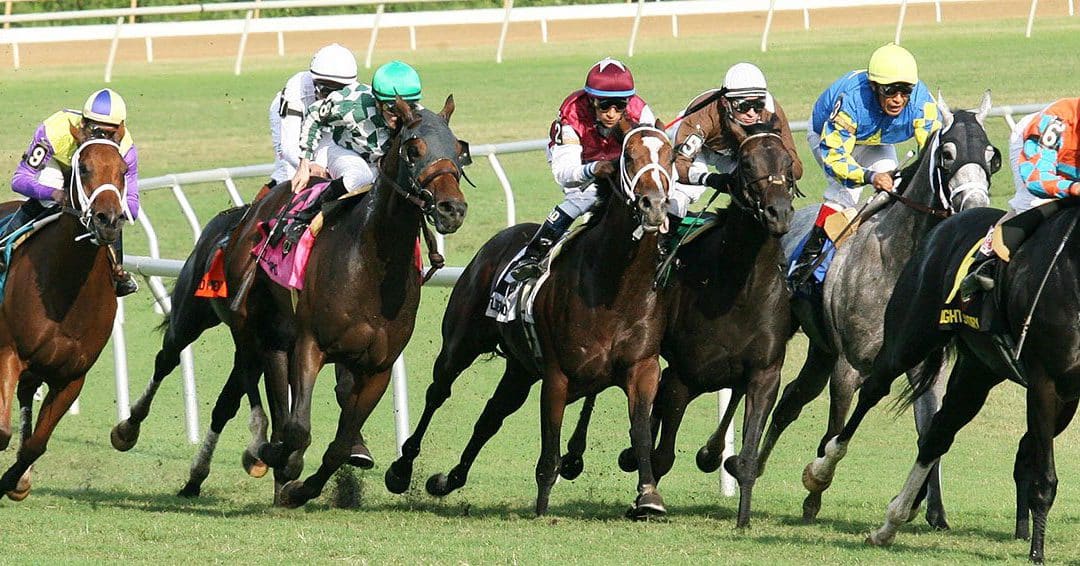The Bear is here! Unfortunately, the reality is we’re all scared of Bears (unless you’re from Chicago—then you may be a fan). The longest bull market on record is over and now comes the opportunity to look towards the next—no matter how long or short the current bear may be. The median decline in bear markets is ~28% and the average drop to the bottom from highs is ~35%.
In the corporate bond market, any bear market in bonds is simply a negative year. There have been 15 negative years in the bond market for the past 100 years. The largest down year was 15.68% in 1931, which was followed by up years of 23.59%, 12.97%, 18.82%, 13.31%, and 11.38%. The second worst year was 2008 where the corporate bond market finished down 5.07%, followed by up years of 23.33%, 8.35%, 12.58% and 10.12% of up years. The average return in fixed income following a down year is north of 10%.
There have been a lot of questions about the bond market as it has become correlated with the stock market similar to 2008. This does happen in the corporate investment grade, hybrid, and high-yield categories. Each of these asset classes recovered in 2009 to net profits from the beginning of 2008 or the highs in October of 2007. During 2008, fixed-income dropped into double-digit negative territory at one point before it recovered. We are looking at a similar event here, simply due to the panic in the market. Credit spreads have widened to a level not seen since September 2008 (Lehman Brothers default), and faster than rates have dropped. Since Sunday night, this has caused all sectors of the fixed markets to drop, but you must not panic.
The financial sector is required by BASEL III committee to follow guidelines that require them to maintain more capital on a tier 1 and tier 2 basis than before 2008. Any SIFI (Systematically Important Financial Institution) is required to be credit tested to a 99.99% VAR model, which stress tests the banks on all worst-case scenarios. They have to be able to pass or will be fined or penalized by the international governance, including the Federal Reserve.
If you hold until the dates mature or are called, you will continue to get the yield. We are monitoring all default risk on any fixed income to measure risk; the pricing will continue to move up and down. Any end to a bear market and the fixed income is the first to return to par.
[formidable id=”53″ minimize=”1″]



0 Comments